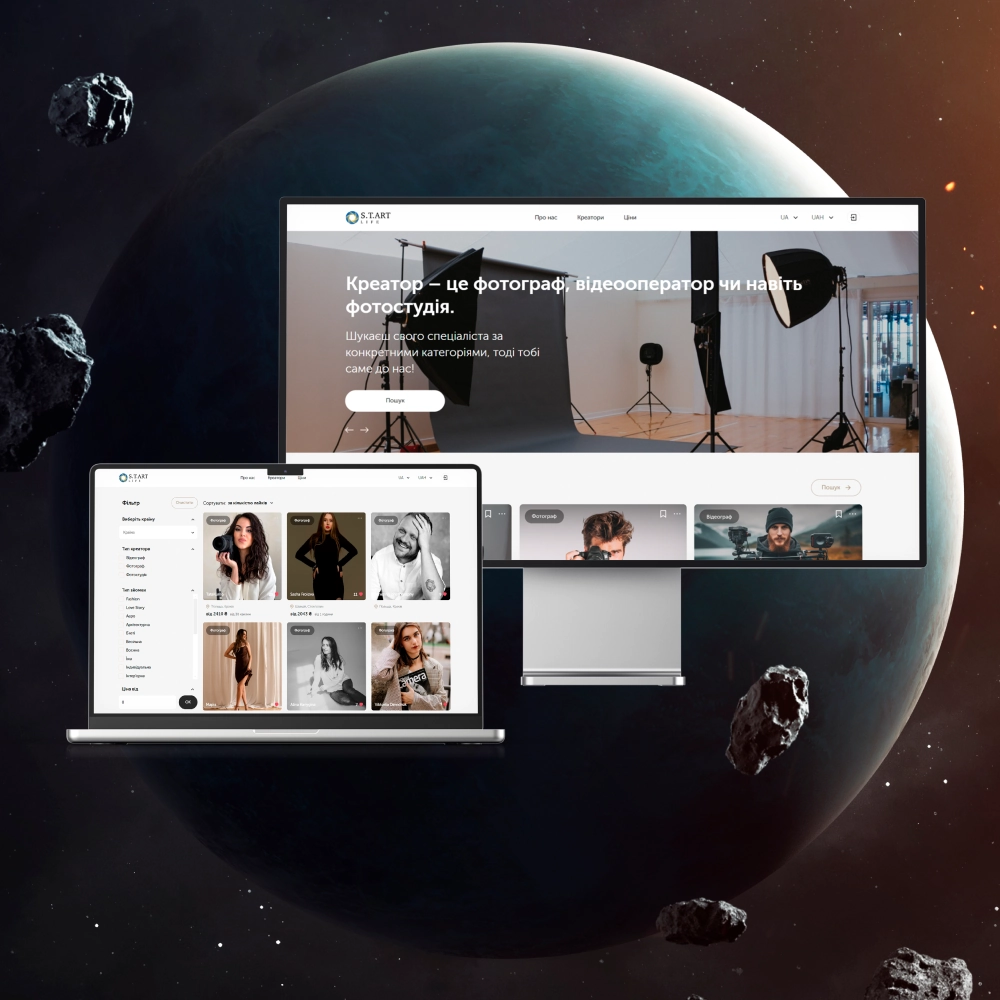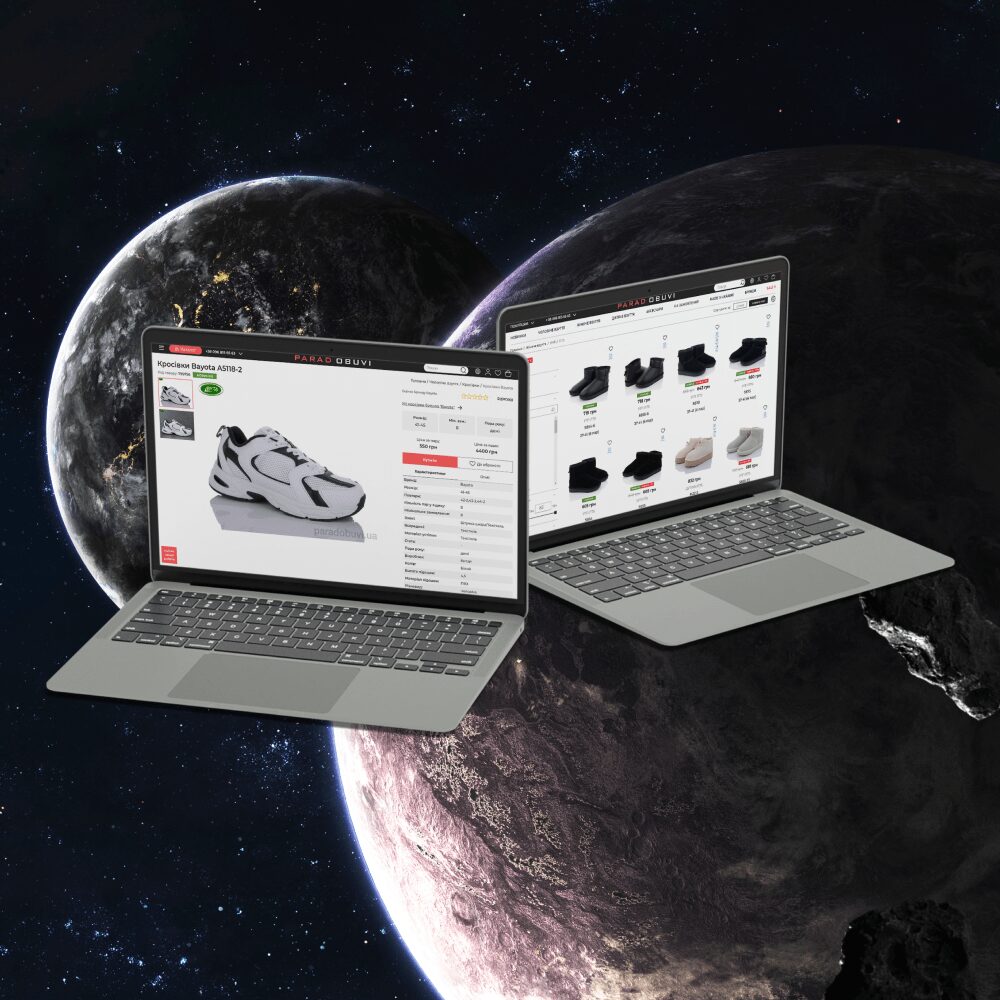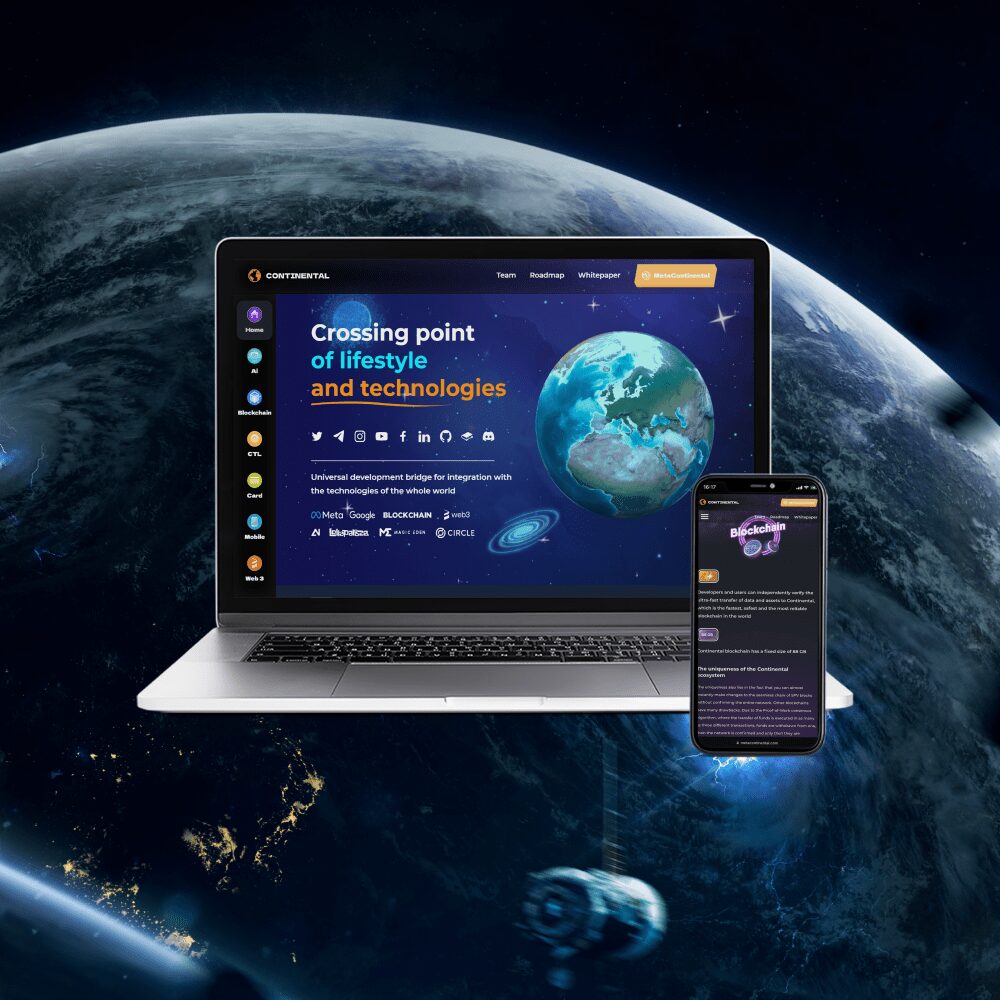Development of a streaming service
Development of a streaming service
Video streamingDevelopment of a streaming service Video streaming
In recent years, video streaming services such as Netflix, YouTube, Disney+ and Twitch have become super popular, and according to analysts from Sandvine Incorporated, they account for 60% of all Internet traffic. Interestingly, most of the content transmitted to them falls on the online streaming of various shows, news, sports, series and other content.
Therefore, we propose to talk about how to take advantage of this trend and launch your own streaming platform, about its monetization options and development features.
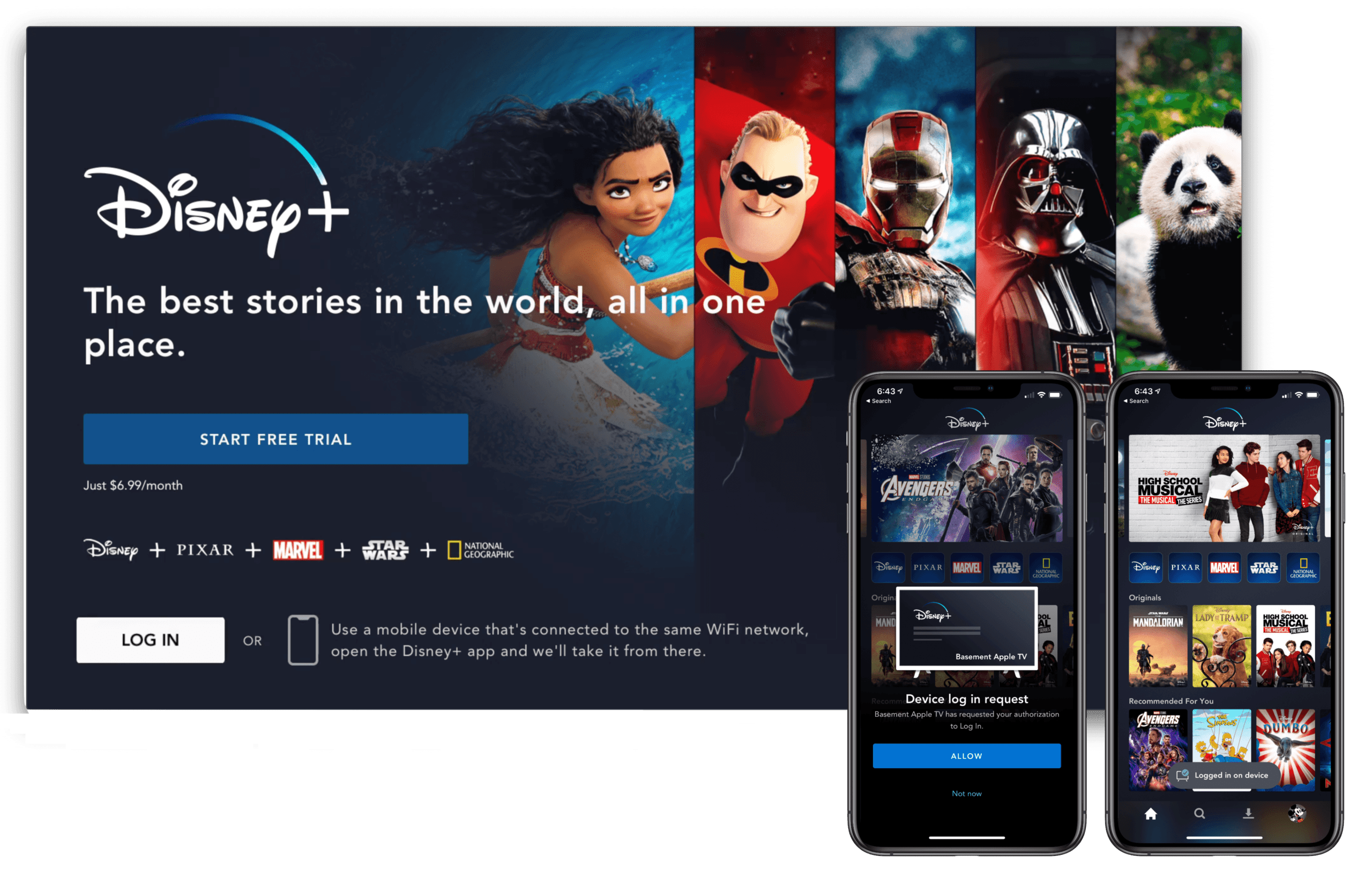
How to make money on a streaming service
MonetizationHow to make money on a streaming service Monetization
Any investment must be profitable, therefore, before proceeding with the technical development of the service, you need to decide on its business model. In this regard, you can rely on the experience of existing projects on the market, for example, those we wrote about above – YouTube, Twitch, Netflix and Amazon Prime.
Upon careful analysis, it can be concluded that they use one of two monetization models. Let’s consider them in more detail.
Paid subscription to view content
The meaning of this model is quite simple – visitors pay a fixed amount every month, and in return they get access to streaming and viewing other users’ content. Such a subscription can have several tariff plans, while the amount of available content and video quality usually depend on the amount of payment.
You need to understand that by subscribing to a paid subscription, users expect to get access to streams without ads – both on the site itself and integrated into the video. Otherwise, there is a high risk that they will go looking for other sites that have ads and do not require pay-per-view.
Providing content for free, with the integration of ads and premium features
This business model is followed by YouTube and Twitch, and it has two implementation options:
- The first is that all video content and streams are distributed free of charge, and the service makes a profit by integrating advertising inserts on the site and in videos.
- The second is that the content is mainly provided to the user for free, but for some videos and broadcasts you need to pay: buy a permanent license for unlimited viewing or a temporary one, for example, for a month or a week. At the same time, advertising integrations are also present here.
In both the first and second options, the streaming service can expand its profits by providing paid features. This can be account personalization, the ability to communicate with streamers, disabling ads, and other features that allow you to spend more comfortable and enjoyable time on the platform.
It is worth adding that in such a model, ad blockers such as AdBlock can “eat up” a certain part of the income. There are two ways to solve this problem:
- Allow watching videos only with the blocker disabled. But keep in mind that this approach can alienate users, and only works if you provide unique content.
- Develop a mobile or desktop application where blockers don’t work and motivate users to use them.

What functionality needs to be implemented
Selection of functionalityWhat functionality needs to be implemented Selection of functionality
Behind the external simplicity of the streaming service lies a large functional base. I must say that its development can take a lot of time, so the launch of such a complex product on the market is often carried out in stages. That is, an MVP with basic functionality is first created, and then its capabilities are gradually expanded with updates.
Here are the main tools that will need to be developed to launch a minimum viable product:
- User registration. Creating a profile for new users, with the ability to choose a role – a viewer or content author. You also need to take care of the possibility of recovering lost passwords.
- User profile. For streaming services, a user profile is a site navigation bar. It is important to provide for the possibility of customization, entering personal data, managing subscriptions.
- Search system. As the streaming platform develops, the number of videos it hosts will grow exponentially. So that users can easily and quickly find the content they need, you need to implement a well-thought-out system of tags, categories, filters, and search with an autocorrelation function.
- Video library. These are a kind of “shelves” of users, where they can store their favorite videos, broadcasts and music. You can also implement the “Recommendations” function, which works based on likes and previous views.
- Video player. This is the main point of contact with users, so the player should be as convenient and functional as possible. To achieve the best result, you can add the ability to customize it – appearance, video speed, image quality and other parameters. And in order for the audience to spend as much time on the platform as possible, it will not be superfluous to integrate the listing of streams and videos based on recommendations, as implemented in YouTube.
- Subscriptions and interaction with content. Likes, dislikes and subscriptions to the authors you like are the main user tools on the streaming service that help him get the most interesting and relevant content.
- Payments. Users must have the opportunity to purchase a paid subscription or financially support the content author they like. This will require integration with Visa / MasterCard, PayPal, banks and popular cryptocurrencies.
- Download video and online broadcast. This is a basic functionality for video providers that will allow them to add content to the service and organize streams.
- Analytics. Helps video creators track the statistics of their content.
- Monetization. In order for video providers to be interested in working with the new service, they need to provide the most convenient and effective tools for monetizing their product – launching ads during the stream, including banners, integrating ad inserts, and so on.
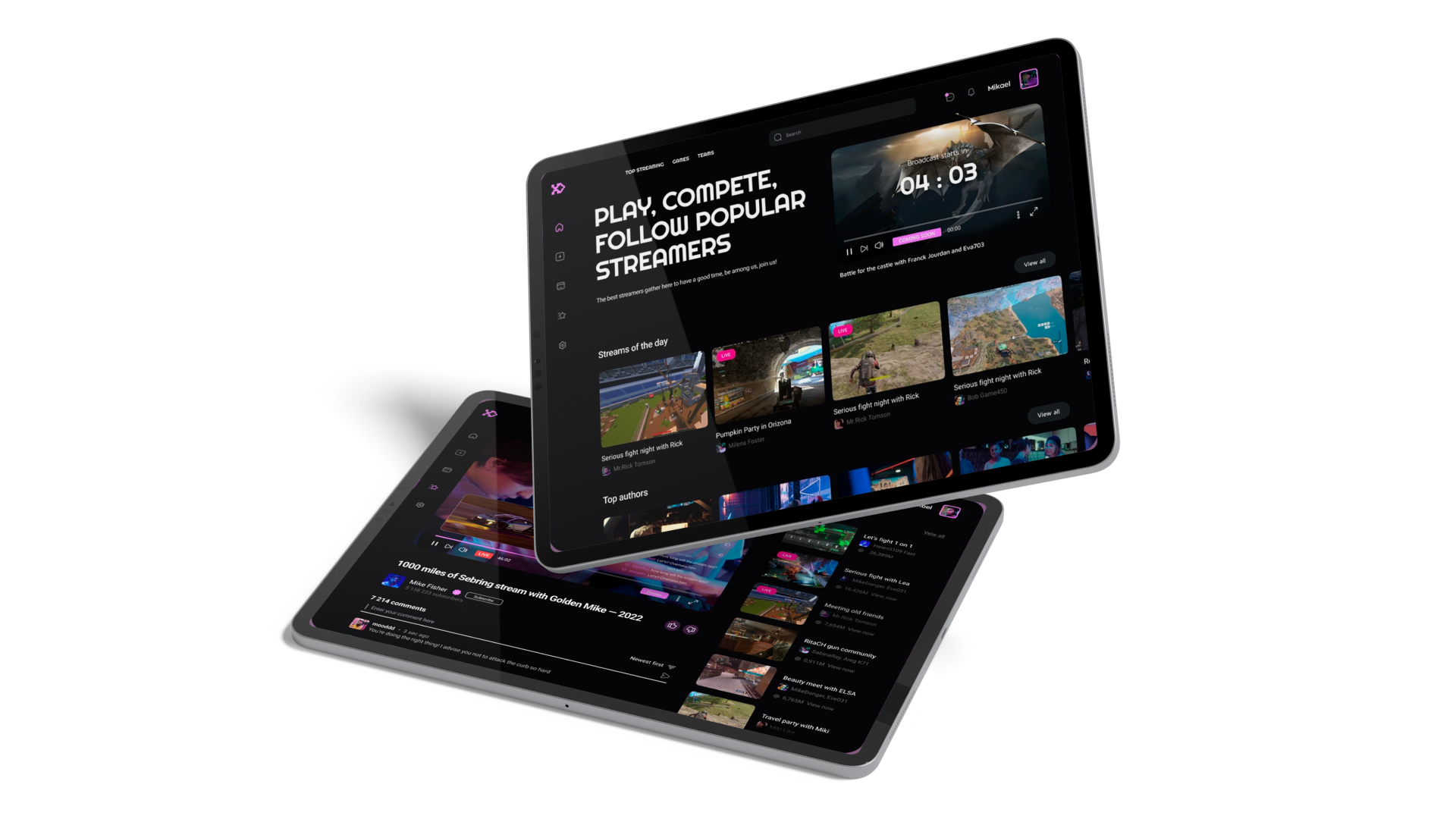
Technology stack selection
TechnologyTechnology stack selection Technology
If you look at the statistics, YouTube users watch about 1 billion hours of video every day. This suggests that a new streaming service has the potential to be ready for huge workloads, and during development, it is worth prioritizing reliable technologies that are guaranteed to cope with this task.
Based on this, the stack might look like this:
- Backend – PHP/Python/Java programming languages and Django/Flask/Yii2/Laravel frameworks.
- Frontend is a reactive Vue or React framework.
- Mobile development — native technologies Kotlin/Java for Android and Swift for IOS, or cross-platform framework Flutter.
- Desktop – C++/PHP/Python/Java languages.
Streaming service development process
Stages of DevelopmentStreaming service development process Stages of Development
When developing a streaming platform, it is important to properly organize interaction within the team and with the customer. To do this, we use the iterative Scrum methodology. If we talk about the life cycle of the project itself, then it consists of six main stages.
Stage 1. Gathering information
At the beginning of the journey, our team studies the requirements of the client, performs an analysis of the market and the nearest competitors. As a result, we get a clear idea of the goals, objectives and audience of the future product and can start designing.
Stage 2. Design
This is one of the main stages of development, during which the GUI is designed, the functionality is defined, the technology stack is defined and the viability of new ideas is tested.
As a result, we get a carefully thought-out prototype, which will become the basis for specialists at all subsequent stages. As a rule, it includes:
- Interface warframes.
- Block diagrams with functional logic visualization.
- A table with a description of all functions.
- Project mathematics.
To present the prototype to the customer side, we record demo videos in which we explain in detail the features of the work of the future streaming service. This allows the client to understand exactly how the product will work even before the start of its technical implementation.
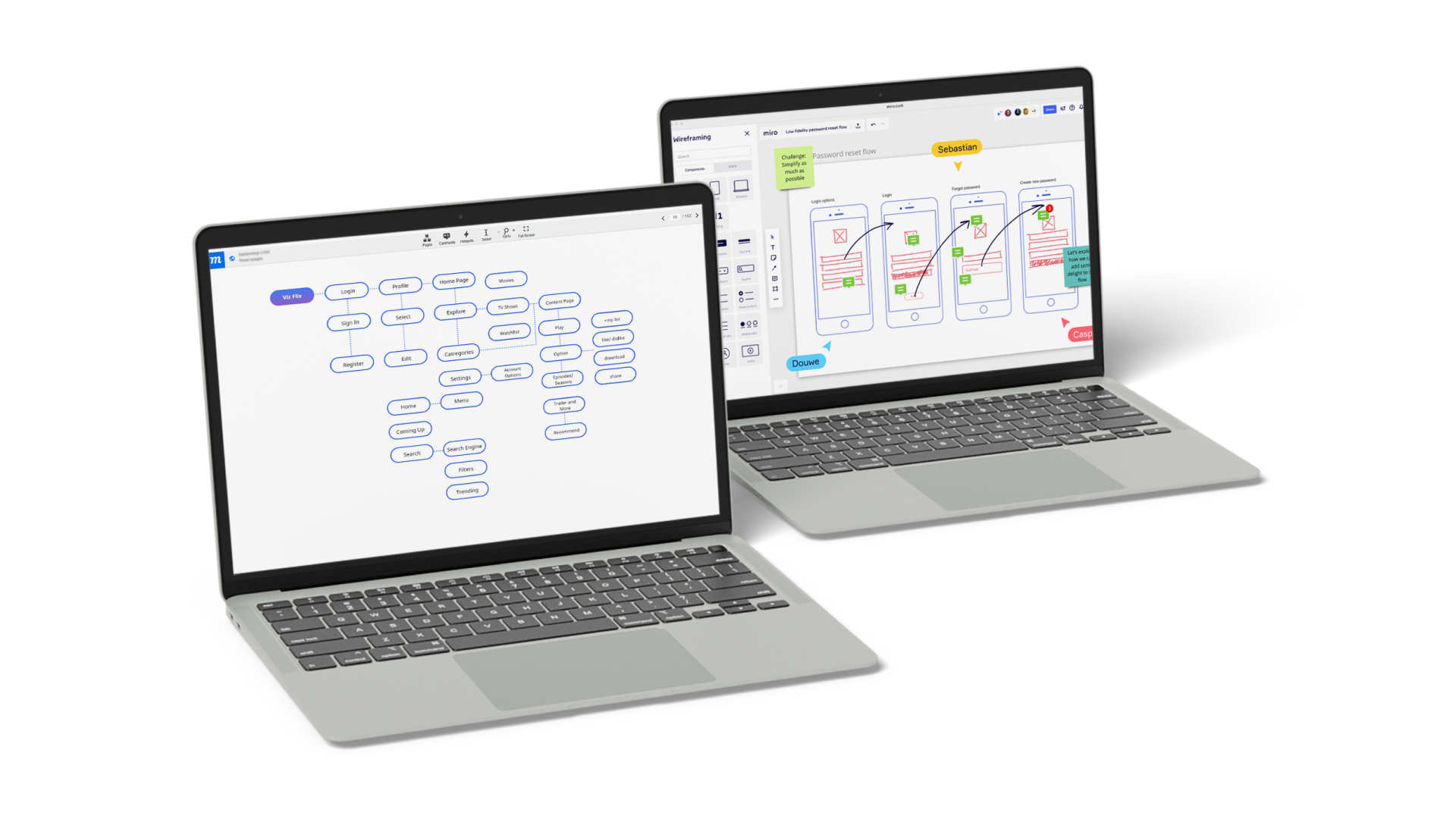
Stage 3. Design development
When developing the design of a streaming platform, it is important to create the most friendly and convenient interface. To do this, you can use the developments of popular services such as YouTube and Netflix, and develop your own GUI based on them.
This approach will make the visual environment recognizable, understandable, and at the same time unique.
Stage 4. Programming
The technical development consists of two parts:
- Frontend. It works on the client side – that is, in a browser or on a mobile device, and allows the user to comfortably interact with the server.
- Backend. This is the server part of the project responsible for processing and storing information. In simple words, the backend provides the client with data at the request of the user. During its development, specialists design a database architecture, write functional code, perform integrations with external services via API, such as social networks and payment systems, and also organize the security of user data.
Stage 5. Testing
QA engineers are involved at all stages of streaming service development. These are quality assurance specialists who are responsible for testing the product and overseeing the fixing of bugs.
Stage 6. Technical support and development
When the release took place and the first registrations began, it is important not to stop the development of the project. Adding new and relevant features will help keep users interested in the platform and ensure its sustainable development. To accomplish this task, our team offers qualified technical support.
Streaming service development in AVADA MEDIA
Streaming service development in AVADA MEDIA
At first glance, the video streaming market seems to be divided between giants such as YouTube, Twitch and Amazon Prime. But in practice, users are quite loyal to new sites, and a vivid example of this is TikTok, which over the years has become one of the most popular platforms for watching short videos.
Therefore, investments in this direction look quite attractive and are highly likely to start making a profit – it all depends on the relevance of the idea, concept and, of course, on the quality of the technical execution of the project.
AVADA MEDIA has all the necessary experience and formed teams of specialists to develop high-load streaming platforms.
Through careful design and the use of innovative technologies, we will help bring to market a functional and sought-after product that can solve your economic problems.
Fresh works
We create space projectsFresh works
The best confirmation of our qualifications and professionalism are the stories of the success of our clients and the differences in their business before and after working with us.
Our clients
What they say about usOur clients What they say about us
Successful projects are created only by the team
Our teamSuccessful projects
are created only by the team Our team


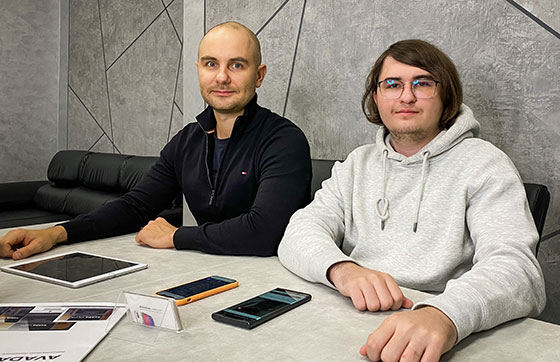
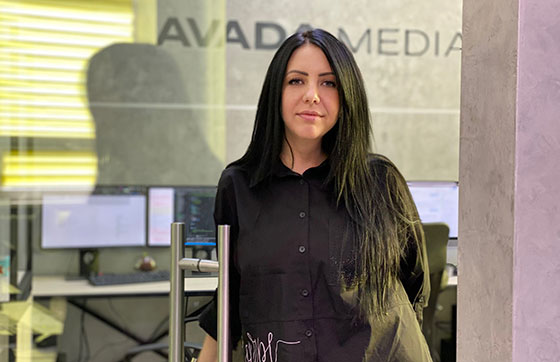
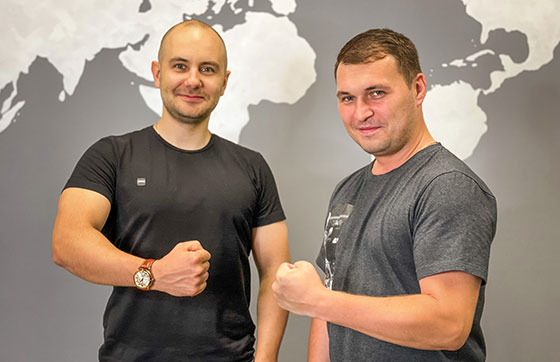

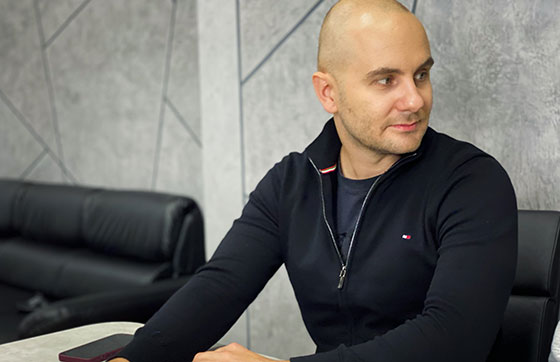





Contact the experts
Have a question?Contact the experts Have a question?
-
Phone:+ 38 (097) 036 29 32
-
E-mail:info@avada-media.com.ua
